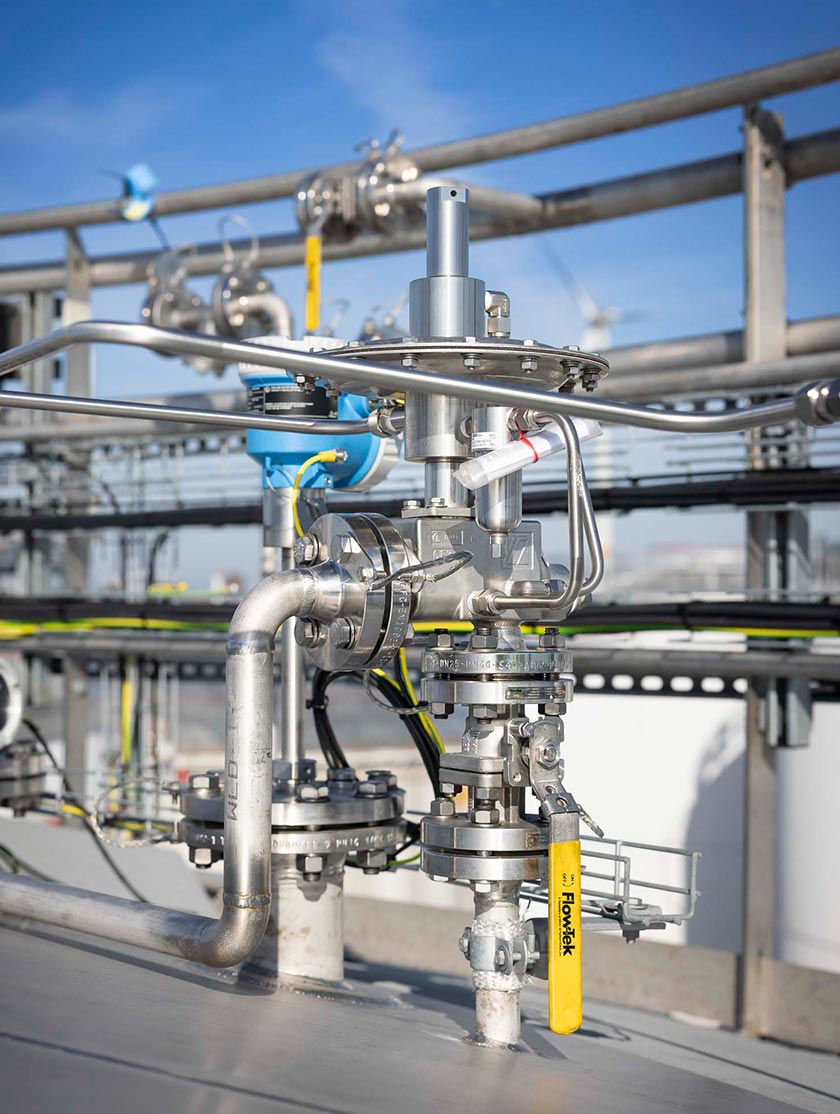How Pressure Reducing Regulators Ensure Consistent Irrigation Pressure
How Do Pressure Reducing Regulators Maintain Constant Pressure in Irrigation Systems?
In irrigation systems, maintaining constant water pressure is critical for efficient water distribution and optimal plant health. Excessive pressure can damage equipment, lead to inconsistent watering, and water waste, while insufficient pressure can result in inadequate coverage and poor system performance. The pressure reducing regulator (also referred to as pressure regulator) is an important component that ensures stable and reliable pressure in irrigation systems. This article explores how pressure reducing regulators work to maintain constant pressure in irrigation systems, highlighting their importance and operating principles.
What is a Pressure Reducing Regulator?
A pressure reducing regulator (PRR) is a mechanical device designed to control and maintain a preset downstream pressure in a fluid system, regardless of fluctuations in upstream pressure. In irrigation, pressure reducing regulators ensure constant water pressure at drippers, sprinklers, valves, and other irrigation components. This ensures consistent irrigation and protects the system from damage due to pressure spikes.
Why Consistent Pressure Matters in Irrigation
Irrigation components such as drippers and sprinkler heads are designed to operate optimally within specific pressure ranges. For example, drippers typically require low pressure (often 15 to 30 psi), while sprinkler heads can operate at higher pressures (30 to 50 psi). If water pressure exceeds recommended levels:
- Drippers may burst or distribute water unevenly;
- Sprinklers may produce excessive mist, leading to water loss through evaporation and drift;
- Valves and tubing may wear out and cause leaks.
Conversely, low pressure results in insufficient water flow, which stresses plants and results in inefficient irrigation. That’s why maintaining a consistent and optimal operating pressure is essential, which is where pressure reducing regulators come in.
How Pressure Reducing Regulators Work in Irrigation Systems
Pressure reducing regulators operate via a feedback mechanism that balances the inlet pressure through a diaphragm or spring-loaded piston to ensure a stable outlet pressure. Here’s a simplified overview of how they work:
- Inlet Pressure Variations: Water enters the regulator from the main supply line at a variable pressure, which can fluctuate due to changes in demand, pump action, or elevation changes.
- Sensing and Adjustment: The pressure reducing regulator is equipped with an adjustable spring and diaphragm. As water pressure increases downstream, it exerts pressure on the diaphragm.
- Spring Force Balancing: The adjustable spring exerts an opposing force on the diaphragm. When the downstream pressure reaches the preset value, the diaphragm closes or restricts the flow path, reducing the flow rate and preventing pressure build-up.
- Pressure Stabilization: If the downstream pressure drops below the preset point, the diaphragm is pushed outward by spring force, allowing more water to pass through and increasing the pressure.
- Continuous Regulation: This dynamic balance maintains a constant pressure on the outlet side, regardless of fluctuations in inlet pressure or changes in flow rate.
Key Irrigation Benefits
- Even Water Distribution: By stabilizing downstream pressure, pressure reducing regulators help maintain an even flow rate from emitters and sprinklers, ensuring uniform watering.
- System Longevity: By reducing excess pressure, the mechanical stress on irrigation components is lessened, reducing maintenance and replacement costs.
- Water Conservation: Stable pressure reduces runoff and misting, optimizing water usage and minimizing waste.
- Adjustability: Pressure reducing regulators can be adjusted to meet the specific pressure requirements of different irrigation zones or components.
Installation Tips for Optimal Performance
- Proper Sizing: Select a pressure reducing regulator based on expected flow rate and system pressure requirements to avoid undersizing or oversizing the regulator.
- Positioning: Install the pressure reducing regulator upstream of pressure-sensitive devices such as zone emitters or sprinkler heads.
- Regular Maintenance: Regularly check and clean strainers and filters to prevent debris buildup that can affect regulator operation.
- Testing: During installation, use pressure gauges before and after the regulator to verify proper pressure settings and system operation.
Conclusion
Pressure reducing regulators are essential components of modern irrigation systems. They provide consistent pressure that protects equipment, improves irrigation uniformity, and conserves water. By understanding their function and implementing them properly, landscapers, farmers, and irrigation professionals can maximize system efficiency and promote healthier plant growth. Whether for a private garden or a large-scale agricultural operation, implementing a properly calibrated pressure reducing regulator is a wise step towards sustainable and efficient irrigation management.
New to Pressure Reducing Regulators? Start with Expert Support |
Whether you're just learning the basics or comparing regulator types, Cashco’s lineup offers solutions for every industrial need. Browse our pressure reducing reglator models or complete the Regulator Sizing Form to get personalized guidance from our team.
See Pressure Reducing Regulators in Action |
Our animation breaks down how a pressure reducing regulator controls pressure with precision.





